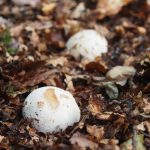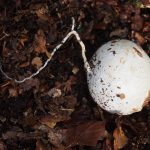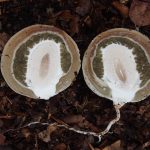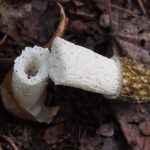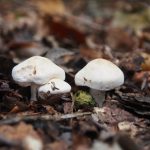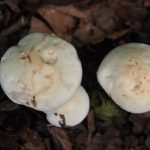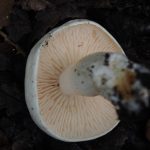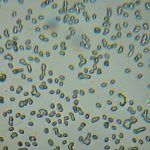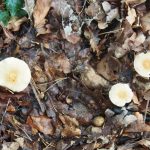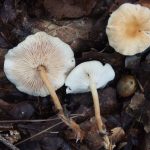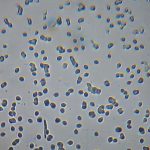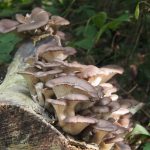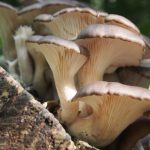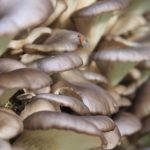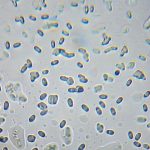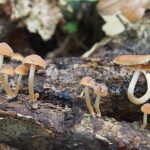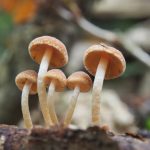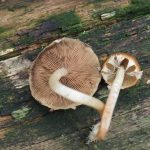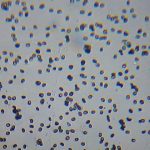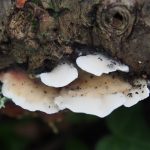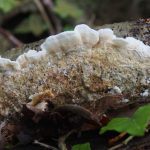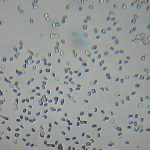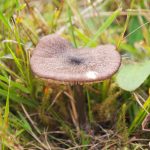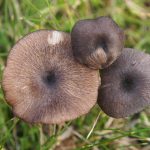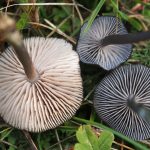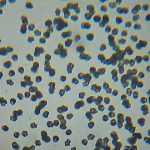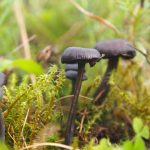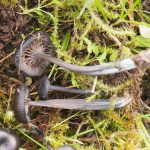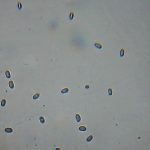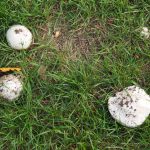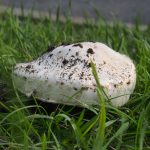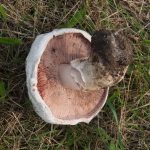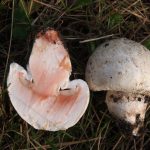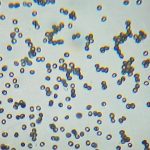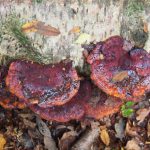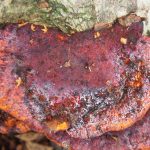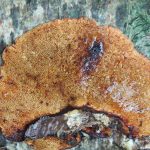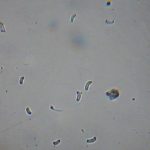I could only get out for an afternoon, but a few hours on Hayes Common came up with six more species that I’ve not recorded before. It astonishes me that every time I go out there’s another swathe of fungi to be discovered.
Branching Oyster was sprouting from all over it’s log, so living up to it’s Latin name of cornucopiae. I did gather some with the thought of eating them, but after consideration I decided so stick with my rule of never eating a new discovery. I don’t always pay much attention to brackets but they can be interesting. Blushing Bracket was a very striking scarlet colour, although Hazel Bracket was unremarkable. The Blushing Bracket looks like a Cinnabar Polypore but that’s been extinct in Britain for many years, and the underside doesn’t look right and the spores are wrong for that species. But the colour is amazing and too deeply red for a Blushing Bracket, perhaps? According to the book, Agaricus bernardii grows near the sea or sometimes beside roads due the practice of salting them in the winter. I had read this many times in the past, so when I found a large Agaricus one metre from the A232 I already had it my mind. I found two blackish looking groups of mushrooms beside each other on a patch of grass and wasn’t sure they were even different species, but the spores under a microscope are utterly different. Indigo Pinkgill is quite nice and dark grey, but Verdigris Navel was muchly blacker. It’s the first Navel that I’ve found, which is a bit surprising. Perhaps it’s the habitats that I go to, or just that they can be small and unnoticeable. I have now found 11 different species growing on a small patch of grass about 15m by 15m centred on the busy crossroads in the middle of the common. (Actually even more than that because I haven’t recorded them all.)
I’ve been trying to find a fully mature and erect Stinkhorn for many years. I find the immature eggs, and old decrepit ones, and now a broken one, so still waiting…

